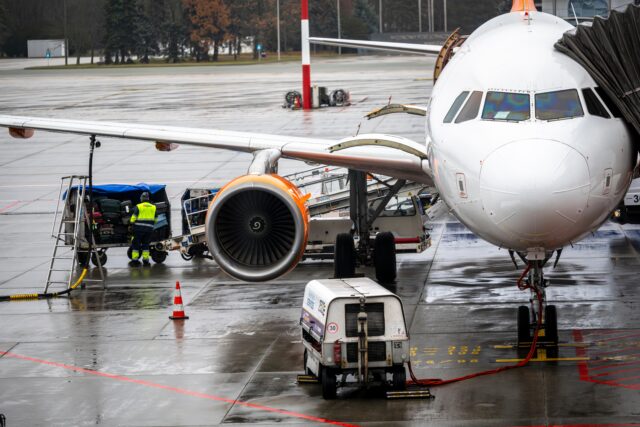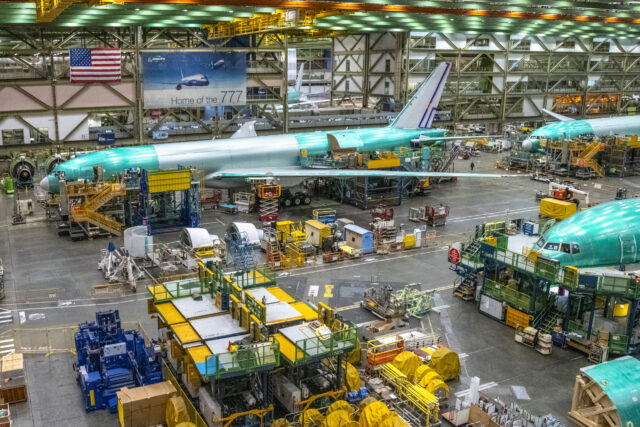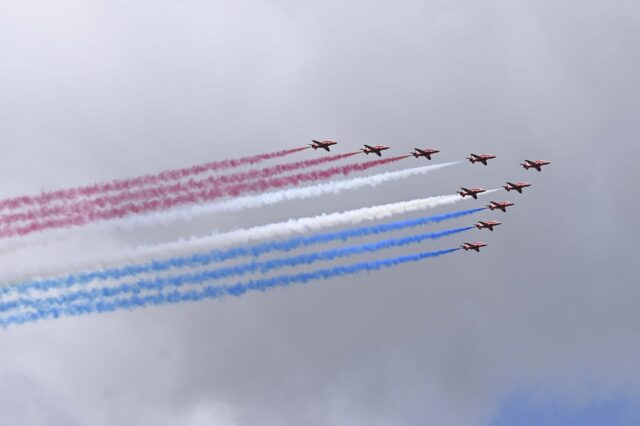Russia claims to boost Su-57 fighter jet with air-launched hypersonic missile capability

August 7, 2025

Russia claims its 5th-generation Sukhoi Su-57 Felons can now carry air-launched ‘hypersonic’ missiles. While debate rages as to what should count as a hypersonic missile, it heralds another incremental step in the Felon’s maturation.
Pro-Russian channels report hypersonic missile for Su-57
The pro-Russian website Military Watch Magazine reported that Russia’s new Su-57 fighter jets have been retrofitted to carry hypersonic missiles. This comes after the US Air Force revealed it is planning to upgrade the Rockwell B-1 Lancer with hypersonic missile-capable pylons.
The magazine quoted Chief of the Main Staff and First Deputy Commander in Chief of the Russian Aerospace Forces Lieutenant General Alexander Maksimtsev.
“In accordance with the state defence order, the Aerospace Forces annually receive advanced and modernised weapon systems,” he says. “The pace of deliveries of 5th-generation Su-57 aircraft is increasing, along with modern aviation strike systems and hypersonic weapons.”

It said the type of missile carried by the jet is “highly uncertain, although it has been confirmed that an air-launched derivative of the Zircon hypersonic cruise missile… was under development.”
The article also quoted the Russian state-run TASS news agency as saying in February 2023, a “small-sized air-to-surface hypersonic missile” for the Su-57 Felon had then reached prototype stages.
The Zircon (NATO reporting name: SS-N-33) was developed for the Russian Navy and has been used in Ukraine. Russia claims it is uninterceptable, while Ukraine claims to have intercepted the missile.
Both the Zircon missile and the Su-57 have been repeatedly used in the war in Ukraine to marginal effect. Making matters worse, Russia has been unable to ramp up Su-57 production, and only around 20 are believed to be in service.
CNN reported in early August that Russian President Vladimir Putin stated Russia has deployed the country’s scramjet-powered 3M22 Zircon missiles to its neighbour Belarus.
Russia’s Zircon and Kinzhal hypersonic missiles
In 2022, Alex Howlings from Sandboxx News called the then-upcoming Zircon missile a “scramjet-powered cruise missile.” He explained that these cruise missiles fly along lower, more horizontal flight paths and can manoeuvre like an aircraft. He added, “They’re sort of like Mach 5+ suicide drones.”
Another missile Russia touts as hypersonic is the KH-47M2 Kinzhal, which is a modified air-carried version of Russia’s 1980s-era 9K720 Iskander ballistic missile. That missile is primarily carried by Russia’s ageing fleet of high-speed MiG-31 Interceptors.

However, calling this missile hypersonic is debated, as it has limited ability to manoeuvre and the US Army has previously revealed at a Fires Symposium that the Kinzhal’s (NATO “Killjoy) terminal phase is Mach 3, well below hypersonic speeds. The Army knows the flight profile of the missile as US (and European)-supplied Patriot SAMs have repeatedly shot it down.
Much ado about “hypersonic” missiles
Just like “laser” or even “drone swarms” before the Ukrainian War, “hypersonic” has become a buzzword. A hypersonic weapon is generally agreed to be a weapon that can travel at hypersonic speeds (Mach 5+) while manoeuvring significantly during atmospheric flight.
For the category to carry meaningful significance, the missile needs to maintain hypersonic speeds while also manoeuvring. After all, the original German V2 rocket of WWII reached hypersonic speeds at stages of its flight path, as do almost all ballistic missiles today. The International Space Station (ISS) is travelling at Mach 25 in orbit.

Russia has made many grandiose claims of advanced weapons, from the T-14 Armata tank to hypersonic missiles. However, none of these have materialised or had a significant impact on the war in Ukraine.
Instead, its air force remains on the sidelines, operating from behind the line and unable to establish air superiority. The think-tank IISS observed, “air parity, not air superiority, remains the status [quo]” between Ukraine and Russia. On the ground, open-source analyst Rob Lee points out that some forward units of the Russian army are even relying on pack animals for logistics.
















